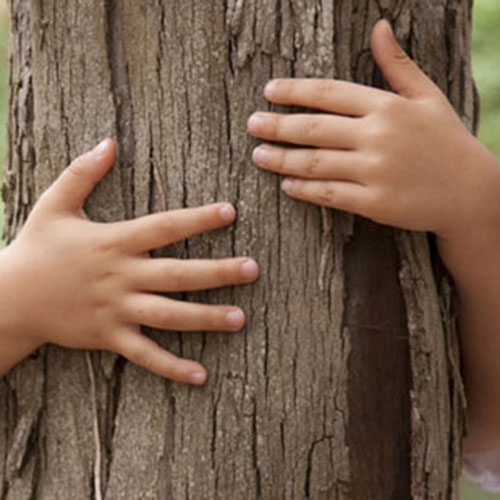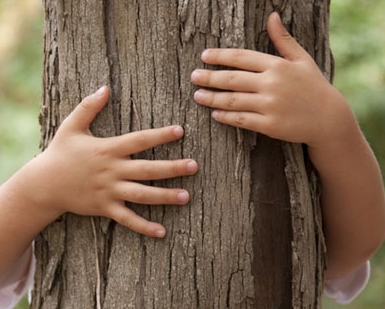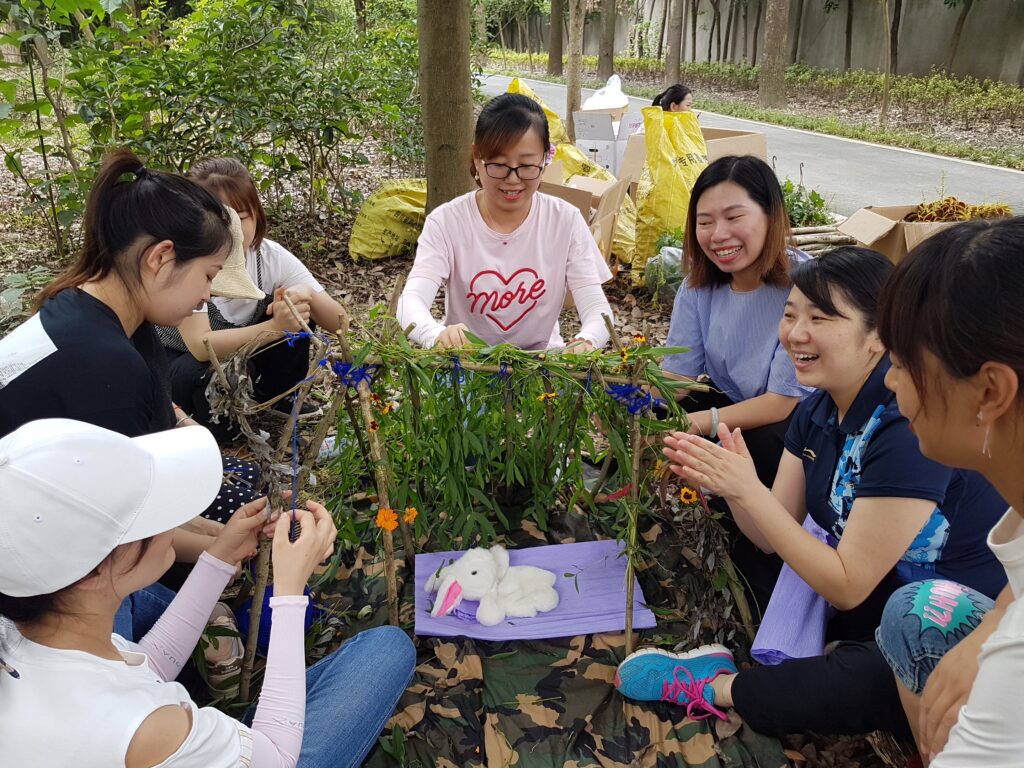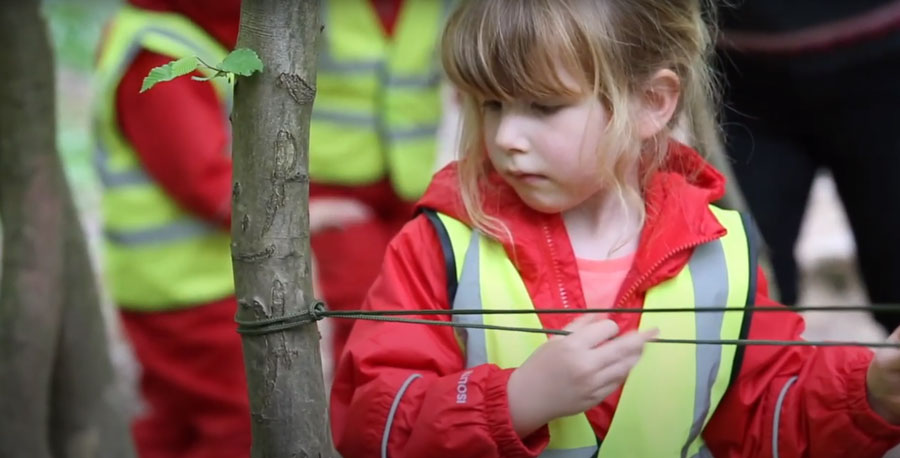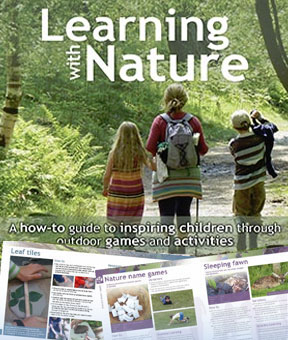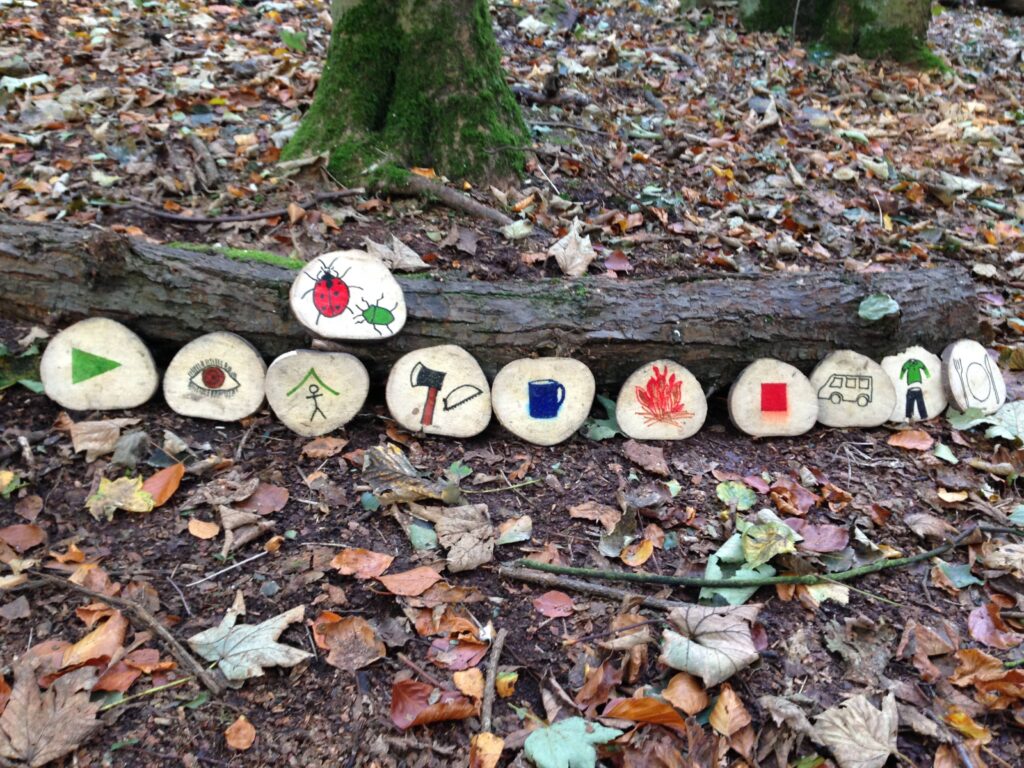For many years I have held the question, ‘What motivates people to care about the natural world and value nature.’ Yet, as we know so well, access to nature is not available to all, and that the bright screens of the 21st Century enclose us ever more to the indoors.
However, by training practitioners from education and health to be competent and confident to embed nature-based practice in their workplace, we can create a sustainable and realistic way forward.
My favourite childhood memory was a tree just in front of my house. I was small enough to sit hidden under its branches and watch the world pass me undiscovered for hours. It was a place of safety and curiosity with its soft boughs skirting all around me. I am pretty sure it was this tree that provided a place for me to learn to self-regulate, to feel what I was feeling, without judgement or cognitive understanding. It was here that I dug to Australia (a common childhood pastime apparently!) and imagined the vastness of the Earth. I suppose the seed of this organisation has grown out of a ‘below the brain’, body-based appreciation of nature, and in particular trees.
This week here in the UK, we celebrate National Tree Week and I have no doubt that our woodland culture roots infuses my own and our wider collective memory.
It is somewhat contradictory then, that I have embarked on creating a series of online video-based resources.
Four years ago, I was invited to deliver Forest School-type Training in various cities in China. During the first few days, I couldn’t see the sky due to pollution and I was a little overwhelmed by the cities’ population – some 30 million, one of the smaller cities.
In contrast to my sensory experiences, my hosts and the people were wonderfully kind, enthusiastic and wanted to provide access to nature to the children in their care in urban and other spaces.
As a former primary school teacher, I could see that, like here in the UK, there is this tension and often a misunderstanding of what we mean by learning outdoors or the Forest School approach and where it can happen. Classic questions like, do you need a forest to teach Forest School, and if not, why are you calling it Forest School? Teachers worry that they may not be doing, ‘real outdoor learning’ or what is ‘real Forest School’.
Outdoor learning is the learning that happens, the skill is how we observe and perhaps choose or not, to link this back to the curriculum or to well-being.
In short, I realised that one keyway to share learning and expertise for practitioners is to use high quality professional visual-based trainings. This is cheaper for the practitioner or school/nursery, builds on the expertise of the practitioner’s direct experience of working with their ‘clients’, and can happen at their own pace in their own time. I am a huge advocate of direct trainings too, yet undoubtedly, a resource that can be returned to again and again is really helpful.
As an author of a how-to book (Learning with Nature), I know how valuable a well written book with good photos can be for a practitioner or parent.
However, bringing that alive through video and footage of how to do an activity, does show in ‘real time’ the details that a book can struggle to convey.
The ultimate goal here is to facilitate practitioners to increase access, well-being and learning for the groups they work with – including parents/carers and their children.
Enter, ‘The Outdoor Teacher’: it is designed as a comprehensive training portal for outdoor activities and pedagogy (with new resources added over the seasons), based on my 30 years of experience as a nature practitioner, trainer and working with school-age children and specialist groups.
A common myth is that you have to do a Forest School Training to take children out of doors. Those of us who have been teaching outdoors for many years, know that is not the case – though you do need to be competent, have risk assessments in place and have the appropriate insurance.
With this platform I wanted to provide educators, carers and mental health professionals with accessible, practical support to deliver their work in nature, and my fellow outdoor practitioners with the tools to develop broader teaching and personal development skills in their practice.
My intention is simple, to bring these skills to a much wider audience. My hope is that schools and the health services – two of our largest systems expand nature-centred training to their staff so that they can bring nature into their practice making it part of an everyday education and health choice.
“You will find this resource is absolutely packed with ‘activities’ and details that enable yourself and your own learners to explore the natural world in a safe and yet challenging way.” Jon Cree, Director Forest School Association.
The 8 modules cover the following topics:
- Fire and Pedagogy
- Ropes and knots
- Cooking on a fire
- Shelters and Play
- Using Tools
- Natural Crafts and Play
- Wild Plants and Foraging
- Nature Awareness Games
In each module, there are many of the ‘practical aspects’ of leading and facilitating experiences and connection to the natural world and each other which are communicated through a number of short films that take you through small achievable steps. There is a clear commentary of why we do what we do. Many of the films show me working with groups of children and young people demonstrating the ‘reality’ of working with the activities.
These are then backed up with downloadable resources such as risk benefit assessments and descriptions of the activities.
We are delighted to have Early Childhood Outdoor as an affiliate. This scheme allows like-minded organisations to share profit and support all our endeavours to bring the outdoors to as many people as possible.
Marina Robb, Director of Circle of Life Rediscovery and The Outdoor Teacher



